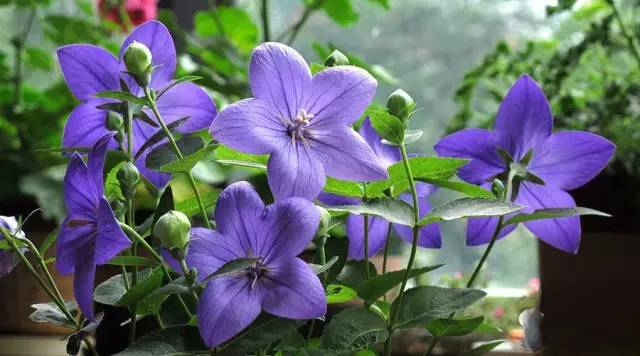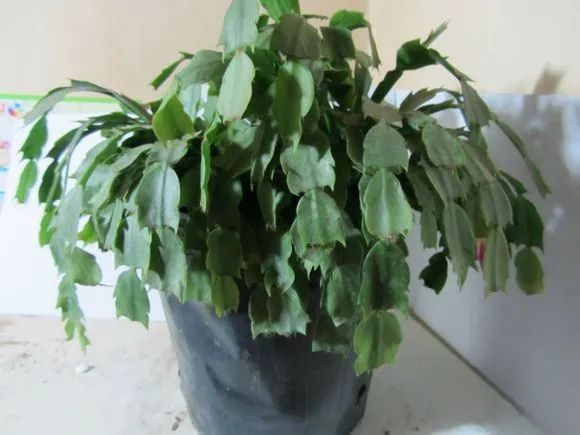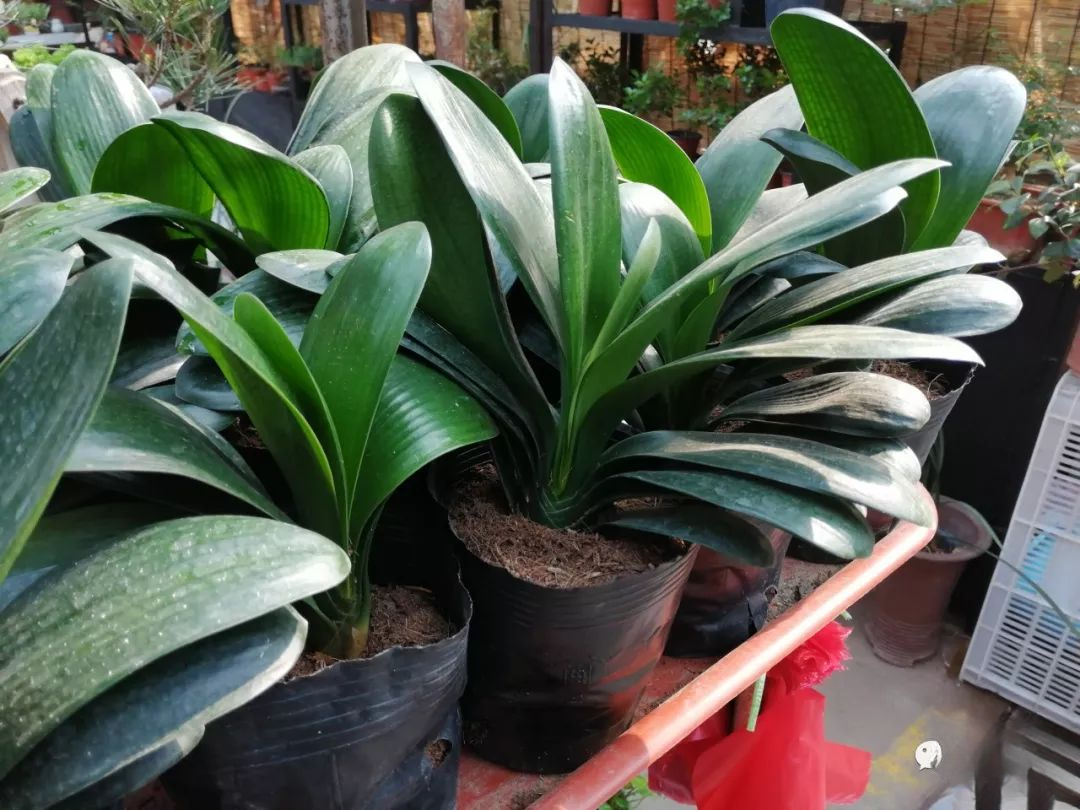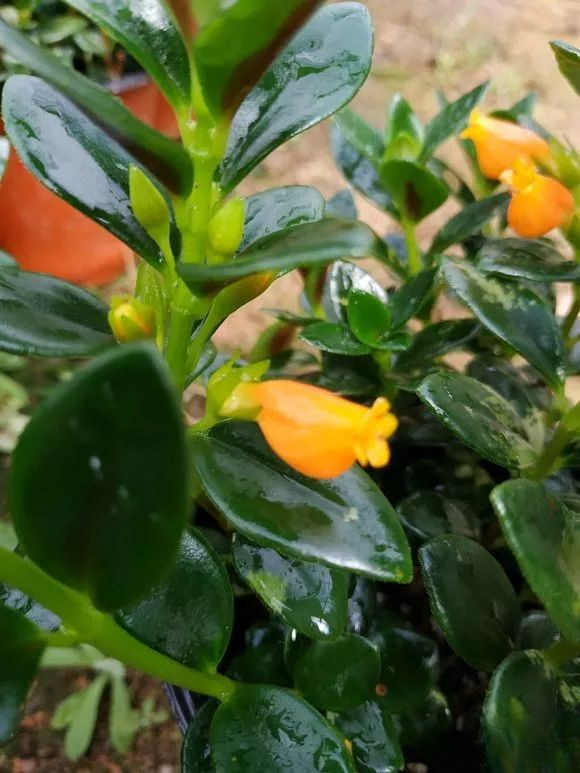What fertilizer to use for flowers? Don't fertilize blindly.

Nitrogen fertilizer: also known as foliar fertilizer, it has a significant effect on the growth of plant branches and leaves. The leaves of plants fertilized with nitrogen fertilizer are obviously much darker green.
Phosphorus fertilizer: commonly known as fruit fertilizer, it can promote crop yields, has the effect of cold resistance, and promotes flowering and fruiting. So if it is a flowering plant, it is necessary to give it appropriate phosphorus fertilizer.
Potassium fertilizer: It can promote root development, so it has an anti-lodging effect. At the same time, potassium fertilizer can also promote stem growth.


